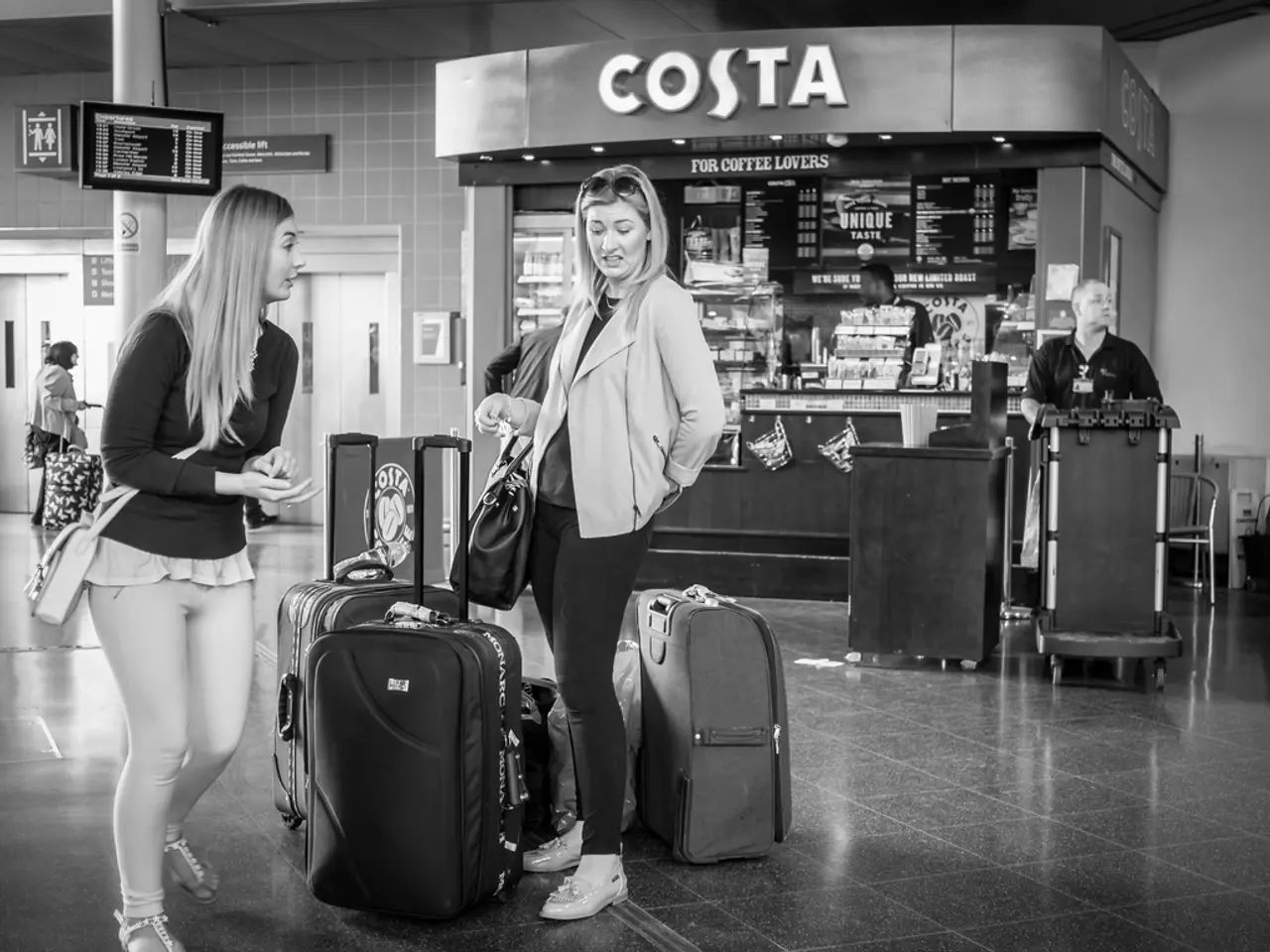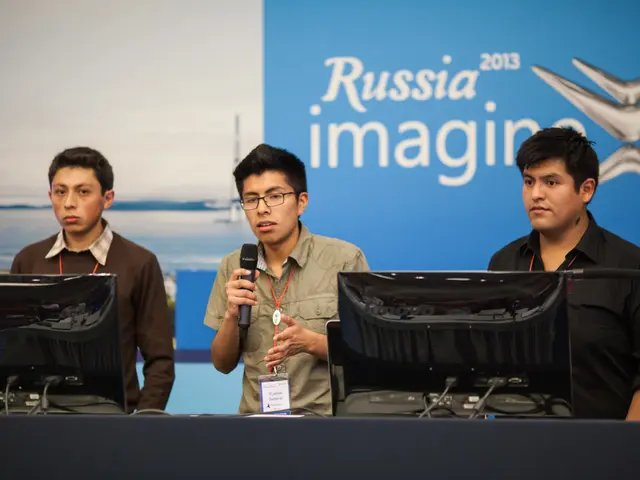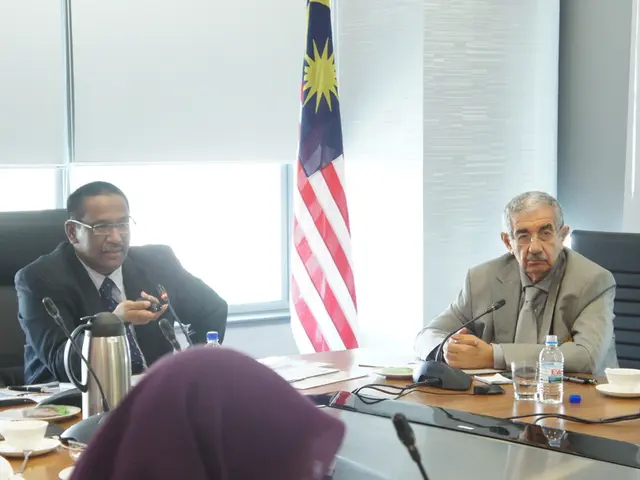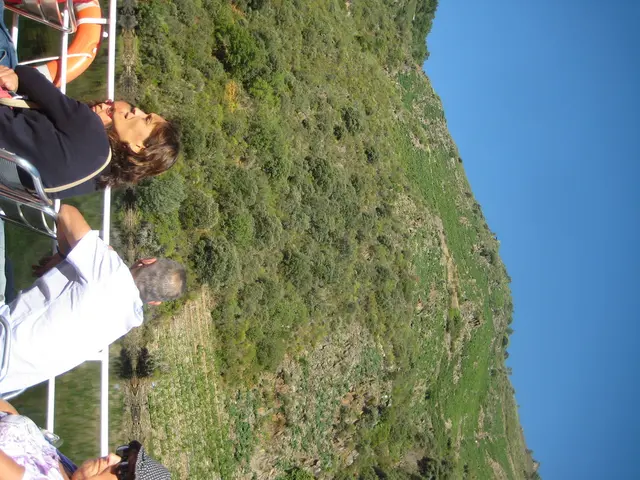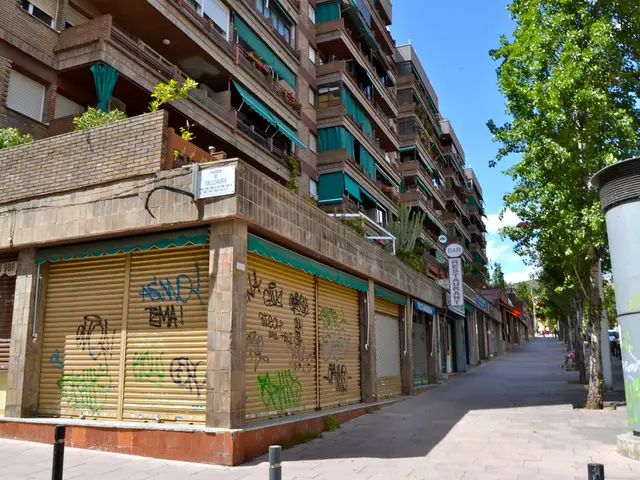Increase in Manila Airport Terminal Fee: Amount and Impact on Overseas Filipino Workers
The Ninoy Aquino International Airport (NAIA) is set to undergo a significant change starting September 14, 2025, with the implementation of a terminal fee hike. The Passenger Service Charge (PSC) for international departures will increase from ₱550 to ₱950, and for domestic departures, the fee will rise from ₱200 to ₱390.
Background
This increase is part of the public-private partnership (PPP) agreement signed in March 2024 between the government and the San Miguel-led New NAIA Infra Corp. (NNIC), the private operator that took over NAIA's operations. The agreement, worth ₱170.6 billion, was signed under a 25-year concession deal aimed at upgrading and managing the airport. The increase is intended to help NNIC recover its substantial capital investments and operating costs [1][2][4].
Exemptions
Exemptions from the terminal fee increase apply to infants (two years old and below), flight crews, overseas Filipino workers (OFWs), pilgrims, Philippine Sports Commission delegates, Medal of Valor awardees, and other individuals specified by law or authorized by the Office of the President [1][2][3][4].
Government Policy and Legal Challenges
The fee hike is explicitly backed by government policy, with approvals from the Department of Transportation (DOTr), the Cabinet, and review by the Asian Development Bank (ADB), which acted as the government adviser for the PPP. However, the increase has sparked legal challenges, with airport workers, civic organizations, and NGOs petitioning the Supreme Court to declare the NAIA PPP project unconstitutional, citing concerns about the significant increase in airport-related fees and its impact on passengers. The legal proceedings and their outcomes remain pending as of the current date [1].
Implications
The fee hike is intended to fund capital investments aimed at modernizing NAIA, increasing passenger capacity from 43 million to 62 million annually, and improving operational efficiency [1]. Travelers can expect higher out-of-pocket expenses for NAIA departures starting mid-September 2025. However, OFWs and several other groups will remain exempt, mitigating the impact on vulnerable or critical passenger segments.
The move reflects broader trends of infrastructure privatization and cost-recovery through user fees in the Philippines. Preparations for Terminals 4 and 5 are underway to increase capacity. The New NAIA Infra Corp. (NNIC) is the private operator of the Ninoy Aquino International Airport (NAIA). The Asian Development Bank (ADB), acting as the government adviser, has reviewed the proposed rates [1][4].
Public protests against the privatization and its financial implications have taken place, particularly on Aviation Day. It is essential for travellers to stay informed about any updates regarding the NAIA terminal fee hike and its potential impact on their travel plans.
[1] Rappler. (2024, September 01). NAIA terminal fee hike set for September 2025, exempts OFWs and infants. Retrieved from https://www.rappler.com/business/692964-naia-terminal-fee-hike-set-for-september-2025-exempts-ofws-and-infants
[2] Inquirer.net. (2024, September 01). NAIA terminal fee to rise in September 2025. Retrieved from https://newsinfo.inquirer.net/1399628/naia-terminal-fee-to-rise-in-september-2025
[3] Manila Bulletin. (2024, September 01). NAIA terminal fee to increase in September 2025. Retrieved from https://mb.com.ph/2024/09/01/naia-terminal-fee-to-increase-in-september-2025/
[4] Philippine Star. (2024, September 01). NAIA terminal fee to rise in September 2025. Retrieved from https://www.philstar.com/business/2024/09/01/2206625/naia-terminal-fee-rise-september-2025
